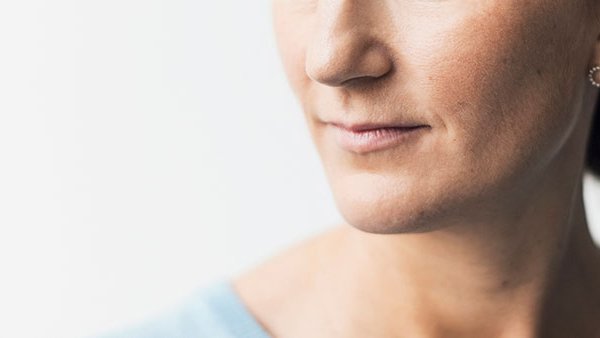Facial Paralysis Rehabilitation
How Is Facial Paralysis Rehabilitation Applied?
Facial palsy is a condition of nerve damage, which is usually unilateral but also bilateral, as a result of losing control of the muscles on the face that help us to make facial expressions for any reason.
Why Does Facial Paralysis Occur?
It can occur as a result of any blow to the head, as well as a situation that can be experienced by a person who is in extreme cold, especially in winter. Stroke, head and neck tumors, heavy blow to the face, vascular occlusion can be counted among the causes of facial paralysis. This situation, which is also affected by stressful living conditions, is not a situation experienced by a certain age range or gender. A young person or a very old person can have facial paralysis.
What are the Symptoms of Facial Paralysis?
Mimics lose control. There is a feeling of slipping on the lip, and it can even be noticed in appearance. There is difficulty in speaking. People with facial paralysis may talk a little harder because they have trouble controlling their muscles by talking as if they are forcing themselves. They have difficulty in performing simple actions such as blinking, eating or drinking. They may drool because they do not have saliva secretion, and they may not be aware of the drooling due to damage to the nerves. They may encounter problems such as excessive tearing or dryness.
These conditions can be observed as mild or severe depending on the damage to the nerves. The deep damage to the nerves can make even a simple operation such as moving the mouth difficult.
Facial Paralysis Treatment and Rehabilitation Application
Treatment is determined by the condition caused by facial paralysis.
Physical therapy and rehabilitation should be applied to patients with permanent facial paralysis under the guidance of a specialist. In order for the treatment process to be positive, the person must be willing for individual treatment, keep his morale high and do the exercises recommended by the doctor regularly at home. Exercises to move facial expressions in front of the mirror will help speed up the treatment process. With the help of a specialist, thermal therapy can be applied to accelerate blood flow. There are other types of treatment that can be applied in rehabilitation centers.
70-80% of patients with mild facial paralysis recover from this process spontaneously. Permanent damage may occur to the remainder. In order not to encounter any problems, it will be healthy to continue the treatment together with the rehabilitation specialist.


